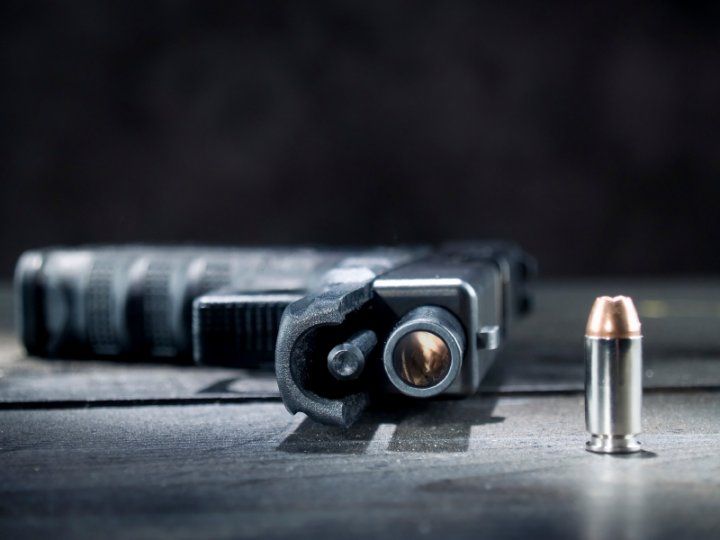UCSF Co-Leads National Project for Health Providers to Prevent Gun Deaths and Injuries
Many Medical Professionals Aren’t Trained to Reduce a Major Cause of Injury and Death in U.S.

Each year, nearly 40,000 people in the United States die because of guns, making firearm-related injuries a leading cause of death for adults and children. During the COVID-19 pandemic, gun violence surged even more, making 2020 one of the nation’s deadliest years.
Health professionals could help reduce the toll, but only about 20 percent receive any education on firearm injuries or prevention.
To help change that, UC San Francisco, Johns Hopkins Medicine, and collaborators across the country have created a national guideline on educational priorities on firearm injury prevention for health professionals. The guideline appears in the journal Academic Medicine.
“We hope that this educational framework will fundamentally change how physicians talk about violence in their practices,” said co-first author Jahan Fahimi, MD, MPH, associate professor of emergency medicine at UCSF. “It’s engaging with patients, talking about their experiences, helping them understand the risk of injury, and ultimately preventing injuries and saving lives.”
In April 2019, Fahimi and Katherine Hoops, MD, MPH, of Hopkins Medicine convened a diverse group of more than 30 experts in medicine, nursing and public health from academic institutions around the country to create a comprehensive and adaptable framework for firearm injury education.
The group outlined seven categories previously identified in medical research as priorities, including a general category with priorities applicable to all types of gun-related injuries, and six specific categories focused on intimate partner violence, peer violence, mass violence, suicide and unintentional injury.
As examples, according to the researchers, clinicians should know the frequency, patterns and risk factors for fatal and non-fatal firearm injury, including suicide and suicide attempts; understand firearm access, possession, ownership, transfer and use; and be familiar with basic types of firearms and ammunition. They also should be able to provide counseling about firearm injury prevention — such as safe gun storage — to their patients and understand how to escalate concerns for patients who may be at risk.
Additional guidelines can be found in the paper and can serve as a resource for educators in health professional schools.
“In many cases, physicians haven’t felt comfortable talking about firearms with patients because it’s been viewed as a divisive subject,” said Hoops, co-first author and assistant professor of anesthesiology and critical care medicine at Johns Hopkins University School of Medicine.
“We set out to change that by being the first to create standards for undergraduate, graduate and continuing medical education, so clinicians and educators have a foundation from which they can develop educational programming for their learners,” said Hoops, who cares for patients, including those with gun-related injuries, in the pediatric intensive care unit at Johns Hopkins Children’s Center.
From UCSF, authors are Lina Khoeur, Christine Studenmund, and John A. Davis, PhD, MD.
Megan Ranney, MD, MPH, of Brown University was also a key researcher on the project.
The University of California, San Francisco (UCSF) is exclusively focused on the health sciences and is dedicated to promoting health worldwide through advanced biomedical research, graduate-level education in the life sciences and health professions, and excellence in patient care. UCSF Health, which serves as UCSF’s primary academic medical center, includes top-ranked specialty hospitals and other clinical programs, and has affiliations throughout the Bay Area. UCSF School of Medicine also has a regional campus in Fresno.